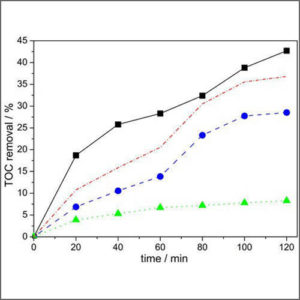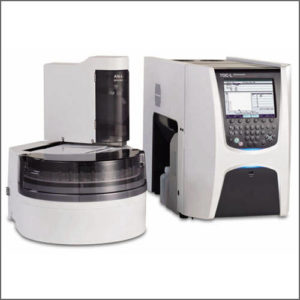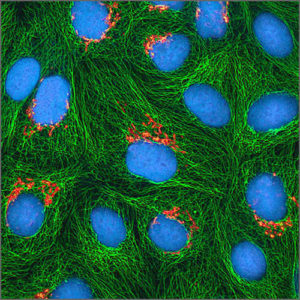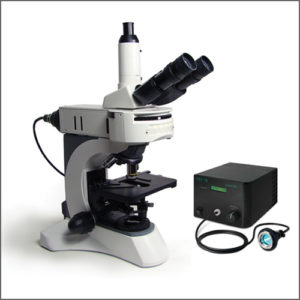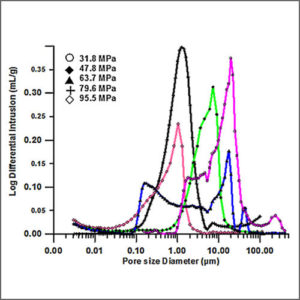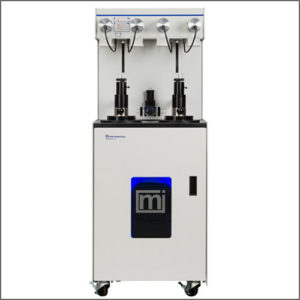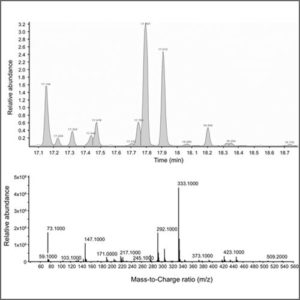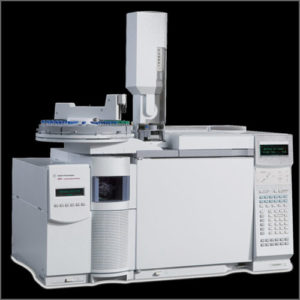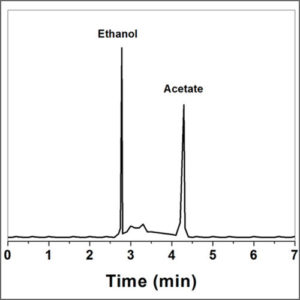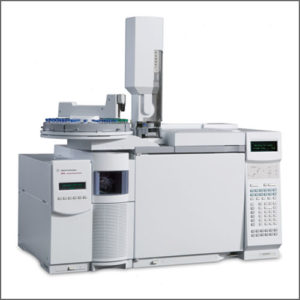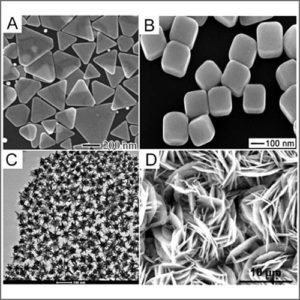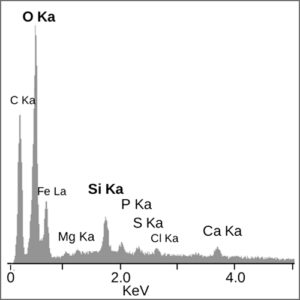Total Organic Carbon Analyzer (TOC)
Total organic carbon analyzer (TOC) is used to determine the amount of carbon found in an organic compound.
- Description
| Testing Method | Total Organic Carbon Analyzer (TOC) |
| Description | Total organic carbon (TOC) is the amount of carbon found in an organic compound and is often used as a non-specific indicator of water quality or cleanliness of pharmaceutical manufacturing equipment. TOC may also refer to the amount of organic carbon in soil, or in a geological formation, particularly the source rock for a petroleum play; 2% is a rough minimum. For marine surface sediments, average TOC content is 0.5% in the deep ocean, and 2% along the eastern margins.
A typical analysis for TOC measures both the total carbon present and the so-called “inorganic carbon” (IC), the latter representing the content of dissolved carbon dioxide and carbonic acid salts. Subtracting the inorganic carbon from the total carbon yields TOC. Another common variant of TOC analysis involves removing the IC portion first and then measuring the leftover carbon. This method involves purging an acidified sample with carbon-free air or nitrogen prior to measurement, and so is more accurately called non-purgeable organic carbon (NPOC).
Virtually all TOC analyzers measure the CO2 formed when organic carbon is oxidized and/or when inorganic carbon is acidified. Oxidation is performed either through Pt-catalyzed combustion, by heated persulfate, or with a UV/persulfate reactor. Once the CO2 is formed, it is measured by a detector: either a conductivity cell (if the CO2 is aqueous) or a non-dispersive infrared cell (after purging the aqueous CO2 into the gaseous phase). Conductivity detection is only desirable in the lower TOC ranges in deionized waters, whereas NDIR detection excels in all TOC ranges. |
| More Information | Wikipedia: Total Organic Carbon |

